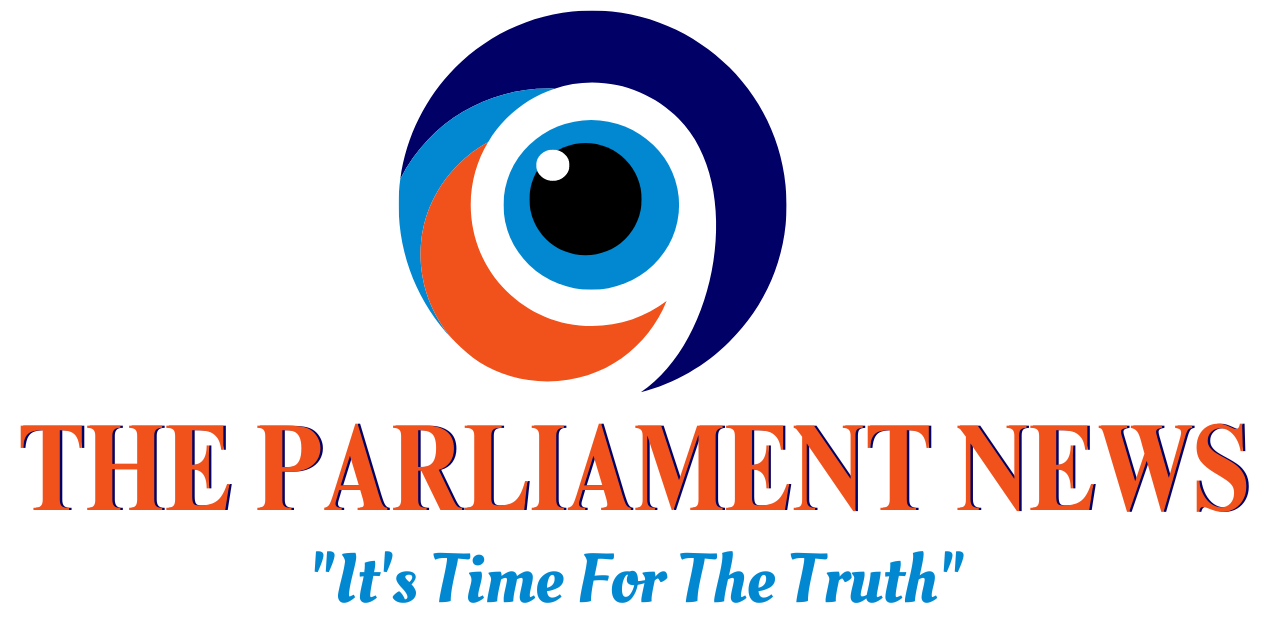A Shift in Diplomacy at the UN
The geopolitical landscape surrounding the Ukraine conflict has taken an unexpected turn. In a move that has sent shockwaves through diplomatic circles, the United States is set to introduce a United Nations resolution advocating for a rapid conclusion to the war. However, in a notable departure from previous UN resolutions, this new proposal omits any mention of Ukraine’s territorial integrity—a fundamental point Kyiv and its allies have insisted upon since the war began three years ago.
This development signals a stark shift in Washington’s approach under the new US administration. With former President Donald Trump returning to the White House, a recalibration of alliances and diplomatic priorities appears to be underway, particularly concerning Russia.
Two Competing Resolutions
On Monday, Ukraine, backed by more than 50 nations, is expected to present a resolution before the UN General Assembly, reiterating the need for an immediate cessation of hostilities and demanding that Russian forces withdraw from Ukrainian territory. This follows the pattern of previous resolutions overwhelmingly supported by UN members.
However, in a surprising move, Washington has introduced an alternative resolution that takes a far more neutral stance. Rather than demanding a Russian withdrawal, it simply urges a “swift end to the conflict” and calls for a “lasting peace” between both nations.
A Diplomatic Dilemma for Europe
The US proposal presents a diplomatic challenge for European nations. The resolution needs nine votes in the 15-member Security Council to pass, without a veto from any of the five permanent members (US, UK, France, Russia, and China).
For European powers such as France and Britain, the situation is precarious. Supporting a resolution that does not affirm Ukraine’s sovereignty would contradict their previous positions. However, vetoing a US-backed resolution—especially when their leaders are scheduled for key meetings in Washington—could strain transatlantic relations.
This creates a difficult choice: do they stand firmly with Kyiv, or do they tread carefully to maintain alignment with Washington’s evolving stance?
Global Reactions and Strategic Calculations
The proposal has received mixed reactions. Russia has cautiously welcomed the US initiative, with its UN ambassador calling it “a good move” while suggesting that it should also address the deeper causes of the conflict. Meanwhile, many countries in the UN General Assembly—some weary of prolonged focus on Ukraine—may see the American resolution as a more pragmatic path forward.
At the same time, some Arab nations remain skeptical, recalling Kyiv’s reluctance to support their resolutions on Gaza. For European diplomats, these competing resolutions will serve as a test of their influence within the multilateral system, while Ukraine risks finding itself increasingly isolated if its position fails to gain sufficient backing.
The Broader Implications
This diplomatic maneuver signals a potential realignment in how the Ukraine war is addressed on the world stage. The US move reflects a willingness to redefine its role in the conflict, favoring negotiation over confrontation. Whether this new approach will lead to peace or deepen divisions remains to be seen.
As the votes are cast at the UN, the world will be watching—because beyond the halls of diplomacy, millions of lives hang in the balance.












